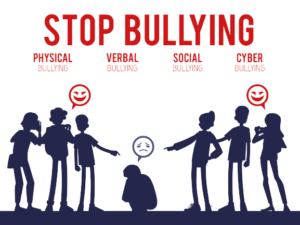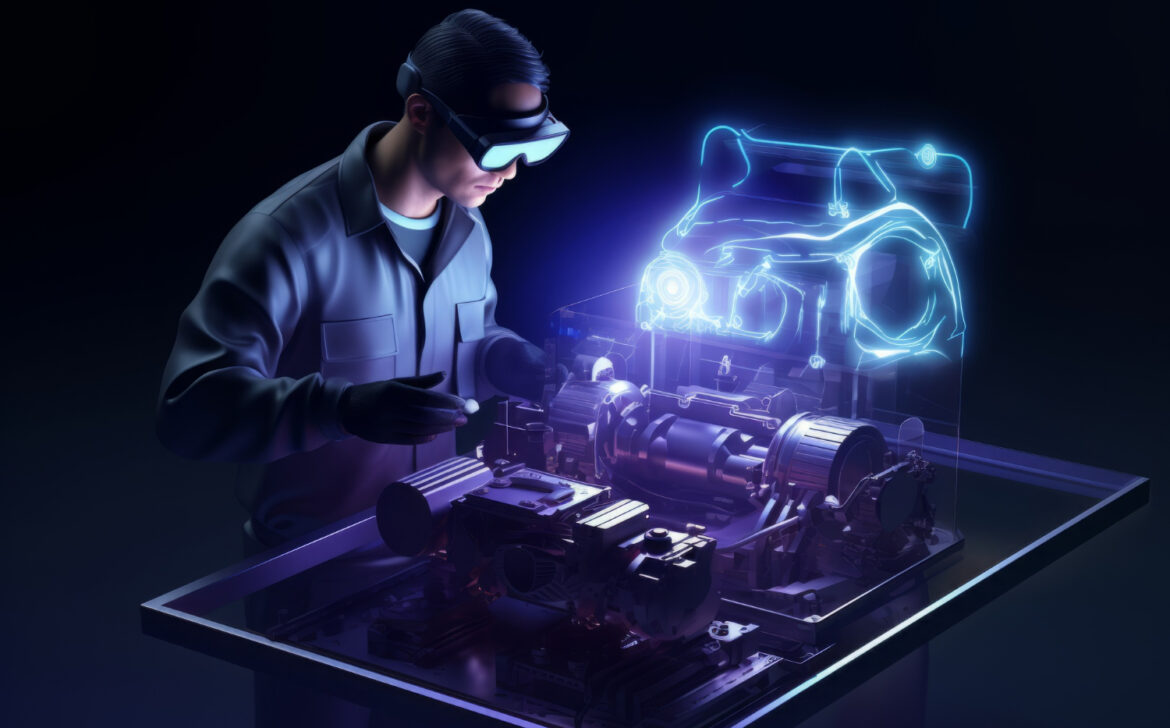The Art of Achieving Your Desires: A Blueprint for Personal Success
The Art of Achieving Your Desires: A Blueprint for Personal Success
Introduction
We all have dreams and aspirations—whether it’s securing that dream job, finding love, or achieving inner peace. The path to fulfilling these desires can often seem daunting, but with the right mindset and strategy, it becomes much more manageable. Let’s explore how to harness confidence and strategic planning to turn your goals into reality.
Confidence: The Key to Unlocking Your Potential
Confidence is the driving force behind success. It’s the inner strength that pushes you to take risks, face challenges, and believe in your abilities.
How to Build Unshakable Confidence:
- Recognize Your Value: Start by understanding your strengths and accomplishments. Reflect on your achievements regularly to reinforce your self-worth.
- Challenge Yourself: Growth happens outside your comfort zone. Take on new challenges and embrace the unfamiliar.
- Practice Positive Self-Talk: Replace self-doubt with affirmations. Your mindset shapes your reality, so make sure it’s a positive one.
- Body Language Matters: Stand tall, maintain eye contact, and smile. Your body language can boost your confidence and influence how others perceive you.
For more tips on building confidence, visit our guide to self-confidence.
Defining Your Goals
Before you embark on any journey, you need to know where you’re headed. Clarity is essential when it comes to setting and achieving your goals.
Steps to Clearly Define Your Goals:
- Set SMART Goals: Ensure your goals are Specific, Measurable, Achievable, Relevant, and Time-bound.
- Visualize Success: Picture yourself achieving your goal. Visualization can be a powerful motivator and guide.
- Break Down Big Goals: Large objectives can be overwhelming. Break them into smaller, manageable steps.
If you’re looking to refine your goal-setting process, check out our article on setting effective goals.
Mastering Communication: The Bridge to Success
Effective communication is essential in getting what you want. It’s how you express your desires, connect with others, and influence outcomes.
Key Communication Skills to Master:
- Active Listening: Show genuine interest in what others are saying. Listening is just as important as speaking.
- Be Clear and Concise: Communicate your thoughts directly. Avoid unnecessary fluff.
- Practice Assertiveness: Stand up for your needs while respecting others. Assertiveness strikes a balance between passivity and aggression.
- Align Body Language with Your Message: Non-verbal cues can significantly impact your communication. Ensure they reinforce your words.
For more on enhancing communication skills, explore our communication tips.
Building Meaningful Relationships
Strong relationships are crucial to personal and professional success. They provide support, opportunities, and fulfillment.
Tips for Nurturing Strong Connections:
- Cultivate Empathy: Understand others’ perspectives and emotions. Empathy fosters deeper connections.
- Maintain a Balance: Healthy relationships are built on mutual give and take. Be generous but also open to receiving.
- Expand Your Network: Networking is essential in the professional world. A strong network can open doors and provide valuable support.
For strategies on building and maintaining relationships, check out our networking guide.
Overcoming Challenges on the Path to Success
The journey to achieving your desires isn’t always smooth. Challenges and setbacks are part of the process, but they also offer opportunities for growth.
How to Overcome Obstacles:
- Learn from Setbacks: Treat every failure as a lesson. Reflect on what went wrong and how you can improve.
- Stay Persistent: Persistence is key. Keep pushing forward, even when the going gets tough.
- Build Resilience: Cultivate the ability to recover quickly from difficulties. Resilience is the foundation of long-term success.
For advice on building resilience, visit our resilience resources.
Conclusion
Achieving your desires is more than just reaching a destination—it’s about growth, learning, and enjoying the process. With confidence, clear goals, effective communication, strong relationships, and resilience, you can transform your dreams into reality.
Share Your Success Stories
What’s one goal you’ve accomplished that made you incredibly proud? Share your story in the comments to inspire others on their journey!










